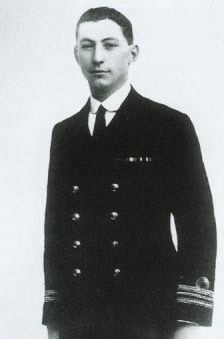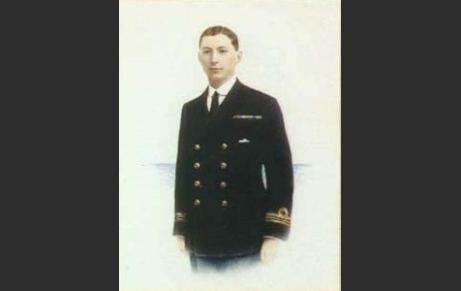Allegiance United Kingdom Name George Bradford Battles and wars World War I Rank Lieutenant Commander Role Armed force officer Service/branch Royal Navy | Commands held HMS Iris II Education Barnard Castle School Awards Victoria Cross Battles/wars World War I | |
 | ||
Born 23 April 1887
Etherley, County Durham ( 1887-04-23 ) Buried at Blankenberghe Town Cemetery, Blankenberghe Relations Brigadier-General Roland Boys Bradford VC MC (brother) Died April 23, 1918, Zeebrugge, Belgium | ||
Place of burial Blankenberge, Belgium | ||
Lieutenant Commander George Nicholson Bradford VC (23 April 1887 – 23 April 1918) was an English recipient of the Victoria Cross, the highest and most prestigious award for gallantry in the face of the enemy that can be awarded to British and Commonwealth forces. His brother was also awarded the VC, making them the only brothers to be awarded the VC during World War I.

Bradford was born on 23 April 1887 to George Bradford. He had three brothers, Thomas Andrews, James Barker and Roland Boys. He attended Barnard Castle School. He was 30 years old, and a lieutenant commander in the Royal Navy during the First World War. He was awarded the Victoria Cross for his actions on 22/23 April 1918 at Zeebrugge, Belgium, when commanding the naval storming parties embarked in HMS Iris II. He died on 23 April 1918, his 31st birthday, committing the act for which he was awarded the cross.
Two of his brothers, Brigadier-General Roland Boys Bradford VC, MC, and Second Lieutenant James Barker Bradford MC, died in service.
Citation
For most conspicuous gallantry at Zeebrugge on the night of the 22nd-23rd April, 1918. This Officer was in command of the Naval Storming Parties embarked in Iris II. When Iris II proceeded alongside the Mole great difficulty was experienced in placing the parapet anchors owing to the motion of the ship. An attempt was made to land by the scaling ladders before the ship was secured. Lieutenant Claude E. K. Hawkings (late Erin) managed to get one ladder in position and actually reached the parapet, the ladder being crushed to pieces just as he stepped off it. This very gallant young officer was last seen defending himself with his revolver. He was killed on the parapet. Though securing the ship was not part of his duties, Lieut.-Commander Bradford climbed up the derrick, which carried a large parapet anchor and was rigged out over the port side; during this climb the ship was surging up and down and the derrick crashing on the Mole. Waiting his opportunity he jumped with the parapet anchor on to the Mole and placed it in position. Immediately after hooking on the parapet anchor Lieut.-Commander Bradford was riddled with bullets from machine guns and fell into the sea between the Mole and the ship. Attempts to recover his body failed. Lieut.-Commander Bradford's action was one of absolute self-sacrifice; without a moment's hesitation he went to certain death, recognising that in such action lay the only possible chance of securing Iris II and enabling her storming parties to land.
His VC is on display in the Lord Ashcroft Gallery at the Imperial War Museum, London.
